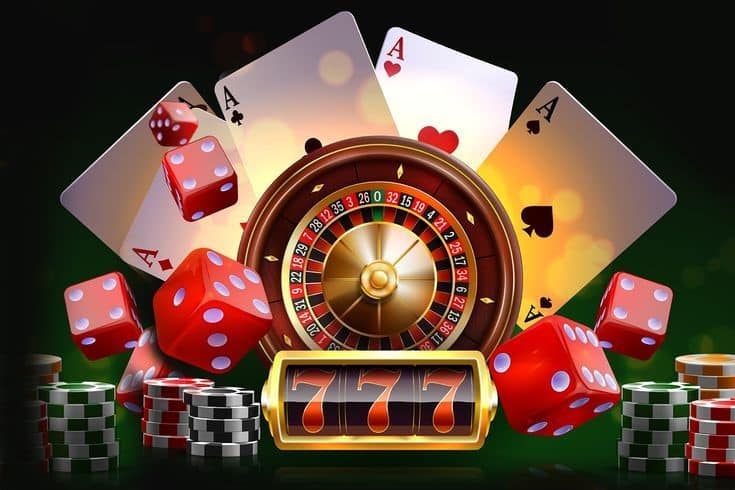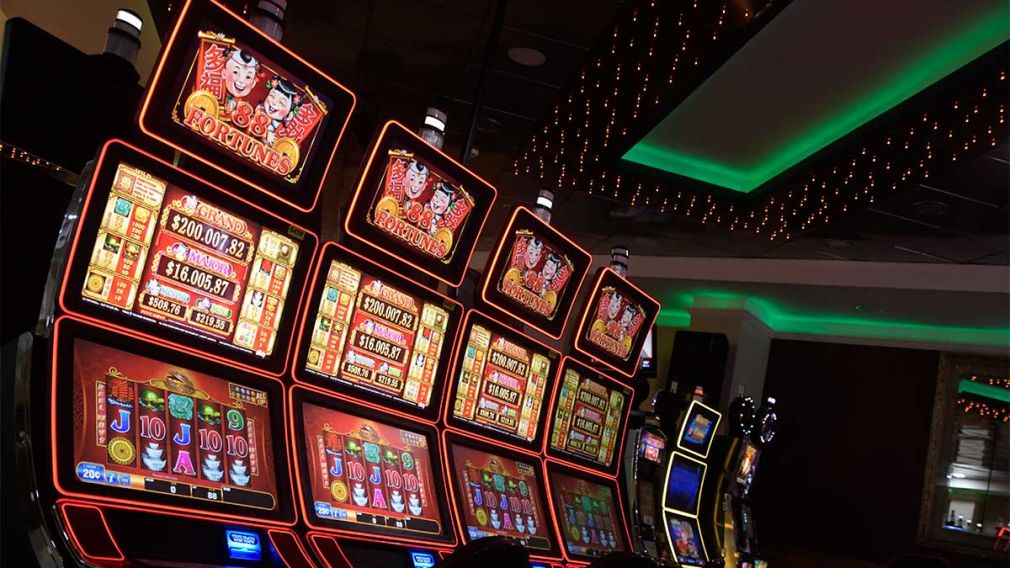Slot machines has fascinated players for many years, combining luck and fun in a vibrant manner. From the initial mechanical slot devices to the modern digital machines of today, the development of slot machines shows not only advancements in technology but also changing social dynamics around gambling. The thrill of turning the reels and the excitement of a potential win draw millions to casinos around the world, making slot machines a central part of gambling culture.
The allure of these games goes beyond mere luck; they present immersive experiences laden with motifs, sounds, and graphics that enhance the overall enjoyment. Whether playing in a bustling casino or from the convenience of home, the excitement of slot gambling remains a common thread uniting players across different backgrounds. This fascination continues to grow, sparking discussions around tactics, psychology, and the impact of gambling on society, as enthusiasts seek not only fortune but also a sense of community in their gameplay.
The History of Slot Machines
The fascinating origins of slot machines can be traced to the late 19th century when Charles Fey created the first true slot machine known as the famous Liberty Bell in 1895. This machine featured three reels and five symbols, including horseshoes the well-known Liberty Bell, which helped establish the standard for future designs. Fey’s invention quickly caught on in saloons and bars, offering patrons a chance to earn small prizes, making it a widely enjoyed form of entertainment.
As the growing popularity of slot machines expanded in the early 20th century, they began to transform. The introduction of electrical components brought about the "fruit machine", which incorporated images of fruit symbols like such as lemons and cherries, further boosting the allure of the game. With these developments, slot machines transitioned from rudimentary mechanical devices to more intricate machines that offered a variety of gameplay options and bonus features, drawing in a more diverse audience and establishing themselves as staples in casinos.
The mid-20th century marked a significant turning point for slot machines with the emergence of computerized systems. The first fully automatic machine debuted in the 1960s, leading to video slots, which featured digital screens and detailed graphics. link 188bet This advancement expanded the potential for innovation in design and gameplay, ultimately leading to the diverse range of machines we see today in casinos around the world. As slot gambling continued to achieve worldwide popularity, regulations also changed, influencing the manufacturing and operation of these machines in the gaming industry.
The Way Slot Machines Work
Slot machines function based on a mix of mechanical and digital systems designed to create random outcomes. At the core of a classic slot are physical reels that rotate when the player tugs a lever or presses a button. Contemporary video slots have replaced these physical reels with images displayed on a screen, but the fundamental principle remains the same: producing random numbers that determine where the symbols land on the reels.
The unpredictability is achieved through a RNG, or RNG, which constantly produces numbers even when the machine is not being used. When a player starts the machine, the RNG stops at a particular number, linking to a combination of symbols on the screen. This ensures that each spin is independent of the previous, providing equitable odds and maintaining the thrill of uncertainty that attracts players to slot gaming.
In addition to simple paylines, many contemporary slot machines include advanced game mechanics, including bonus rounds, progressive jackpots, and wild or scatter symbols. These features introduce layers of strategy and interaction, enticing players to interact with the machine beyond just the fundamental spinning of reels. This active ecosystem keeps slot gambling fresh and attractive, catering to a variety of preferences and gaming styles.
The Psychology of Gambling
This allure of gambling on slots often lies in its ability to evoke a variety of emotions, tapping into the thrill of risk and reward. Players experience a surge of adrenaline as they pull the handle or hit the button, fueled by a combination of expectation and hope. This volatility can lead to a heightened state of arousal, making the experience addictive for many. The near-miss phenomenon, where players come close to hitting a jackpot, triggers a surge of dopamine that strengthens the desire to continue playing, often despite substantial financial losses.
Social factors also play a crucial role in the psychology of slot gambling. Many casinos create an immersive environment that encourages friendship among players, fostering a sense of community. The shared experience of playing together can enhance enjoyment, leading to longer gaming sessions. Furthermore, promotions and loyalty rewards make the decision to return to the slots feel more justified, as players believe they are part of an elite group, thereby amplifying their commitment to wagering on the machines.
Finally, the way slot machines are designed influences player engagement at a mental level. Features like bright lights, lively sounds, and captivating themes create an atmosphere of excitement and distraction. This sensory overload can make it difficult for players to measure time spent and money lost, encouraging them to continue playing. By comprehending these mental mechanisms, it becomes clear why slot gambling continues to captivate so many people, drawing them into a world that blends the boundary between entertainment and obsession.


